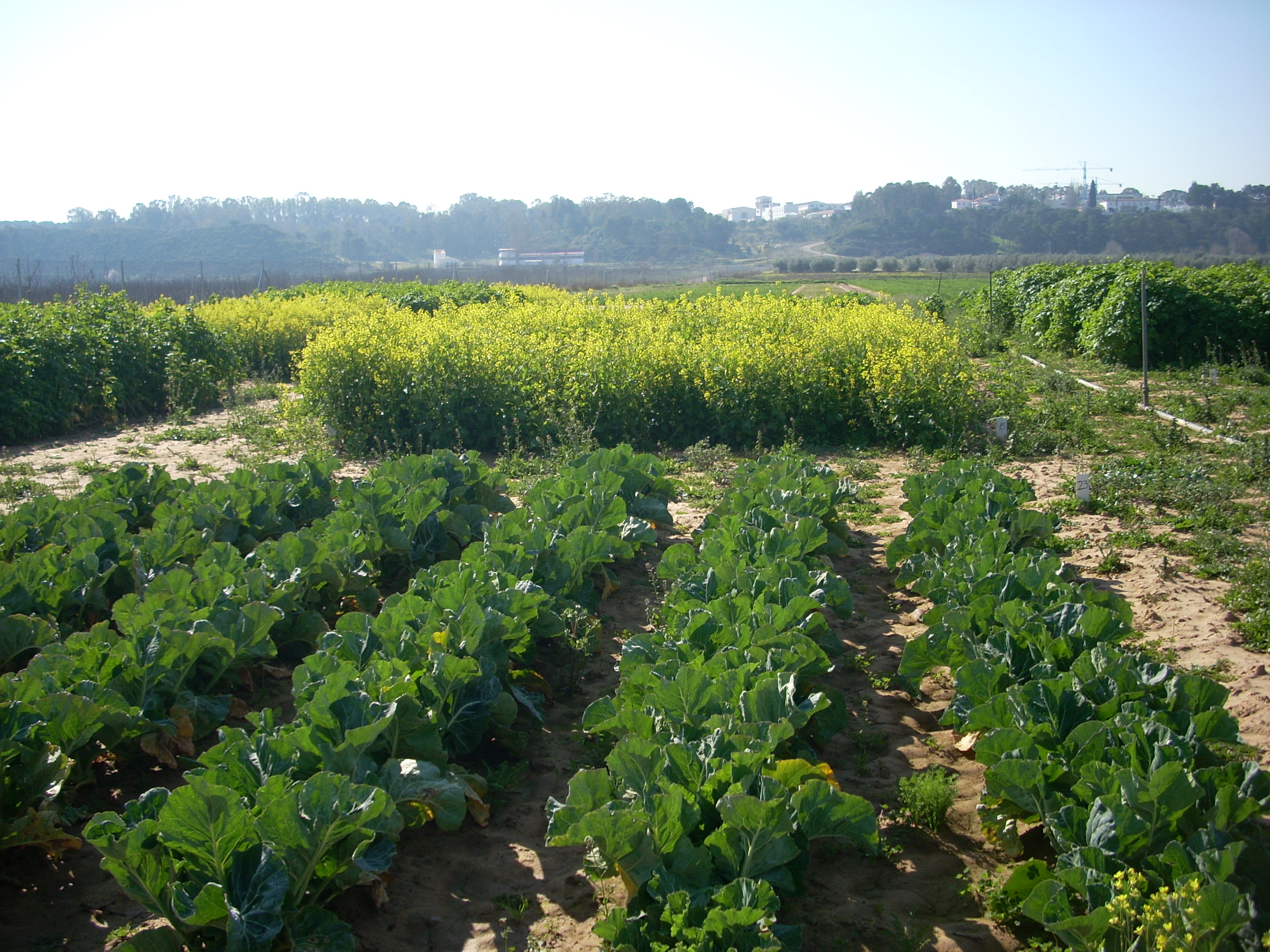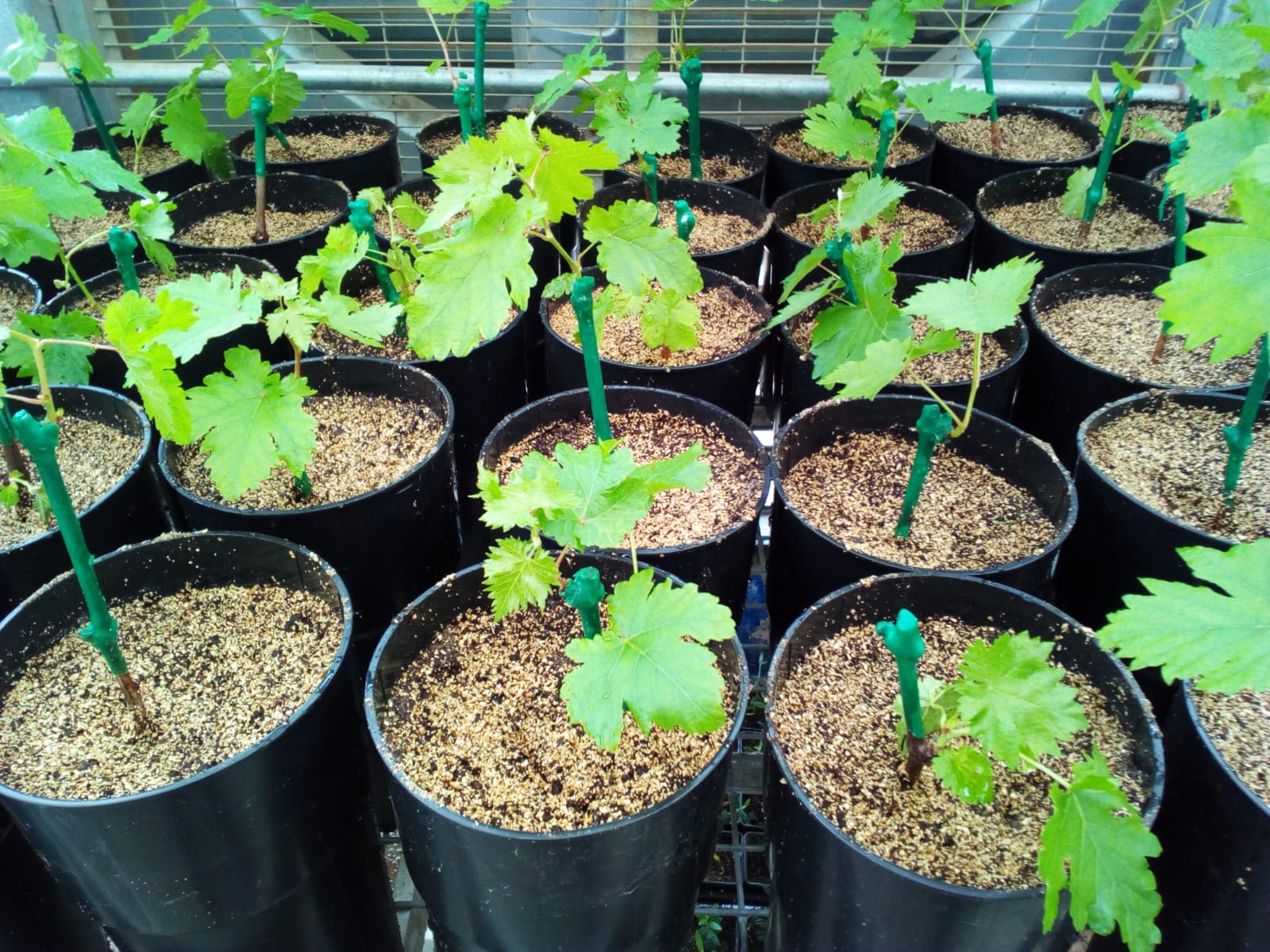
Phytopathology
 General information
General information
Phytosanitary problems, which affect agricultural and forestry species, can cause significant yield losses and become crop limiting factors in some cases. It is, therefore, essential to protect crop and soil health.
Plant protection covers emerging risks (pests, diseases and weeds), integrated pest management and innovation in plant protection. Integrated pest management (in the general sense of the term, including pests, diseases and weeds) emphasises developing healthy crops with the least possible disruption to agroecosystems and fostering natural control mechanisms.
Integrated Pest Management is based on a comprehensive review of all available plant protection methods and their subsequent integration into appropriate measures to prevent populations of harmful organisms from developing, keep the use of plant health products and other forms of intervention at economically and ecologically justified levels, as well as reducing or minimising risks to human health and the environment.
The CICYTEX Plant Protection Area comprises teams from different CICYTEX centres (La Orden-Valdesequera Agricultural Research Institute, ICMC and CAEM) that conduct research activities in the field of plant health and protection (Phytopathology and Malherbology) and the management and use of agricultural and forestry soils. The lines of research focus on the integrated management of phytosanitary problems of crops in Extremadura.
 Diseases caused by soil-borne fungi and oomycetes
Diseases caused by soil-borne fungi and oomycetes
The management of diseases caused by soil-borne pathogens is challenging, partly due to the characteristics of the micro-organisms that cause them, particularly adapted to surviving in soil under adverse conditions, even in the absence of the host crop. There are also difficulties associated with the “soil system”, which complicates diagnosis and epidemiological studies and is also a limiting factor in the effectiveness of treatments. The APV has experience in diseases caused by this type of pathogens, specifically by species of the Fusarium (vascular fusariosis of tomato and tobacco) and Phytophthora genera (Blight of Pepper, Chestnut red, Dry oak and cork oak) and in developing techniques to design integrated management strategies, such as biofumigation and biodesinfection of soils, selecting resistant plant material and using tolerant varieties or applying remediation and other treatments. Spatial epidemiology and geostatistics are fundamental tools integrated into these strategies.
 Diseases caused by wood fungi and canker fungi
Diseases caused by wood fungi and canker fungi
Woody crops are affected by several diseases that degrade the wood internally and lead to the premature death of the plant. These are the so-called wood diseases. They affect significant crops in Extremadura, such as vines, fruit trees and olive trees. In strategic sectors such as the wine industry, vine wood diseases cause substantial production losses; sometimes as early on as the first years of planting. We refer to tinder, eutypiosis, dead arm, Petri’s disease and blackleg. The APV has a team of experts who work on understanding and solving these problems.
Fungal diseases are also common in woody crops, causing characteristic lesions on branches and trunks called cankers. In chestnut trees, the canker disease caused by Cryphonectria parasitica is particularly severe, and the APV is working on implementing biological control with hypovirulent strains.
 Development of integrated control strategies
Development of integrated control strategies
Several aspects are being worked on in the development of integrated control strategies for pathosystems:
Aetiology. Diagnosis, identification and characterisation of soil and wood pathogenic fungi. Microbiology, microscopy and molecular analysis techniques are used for this purpose.
Epidemiology. Studying focuses of infection, spread mechanisms and factors affecting disease distribution. Spatial epidemiology and geostatistics. Epidemiological modelling.
Plant-pathogen interaction. Knowing the plant's response and defence systems to fungal infection, physiological, histological, biochemical and molecular parameters are determined.
Integrated management. Disease control methods are sought by testing the effectiveness of chemical and/or biological plant protection products, several crop management techniques and combined actions.









